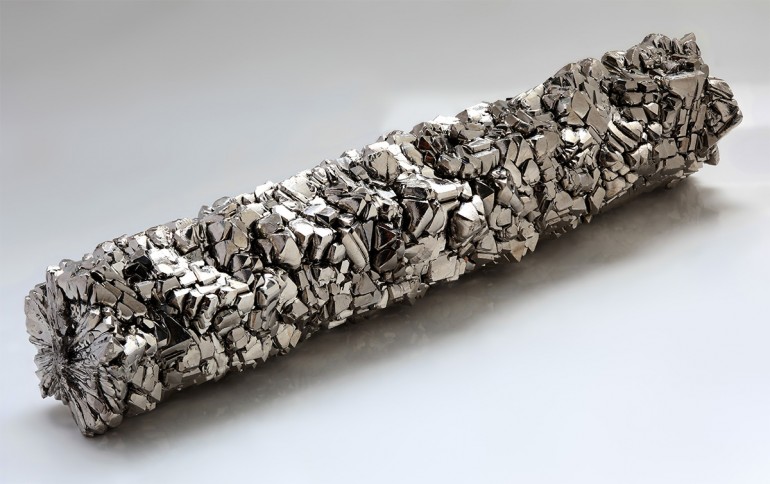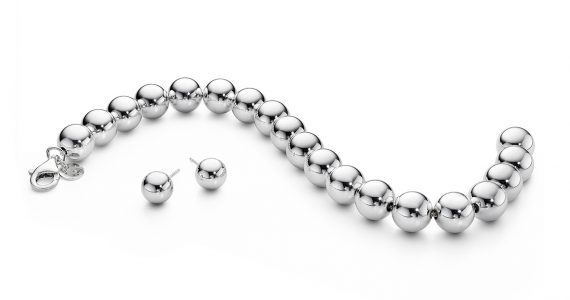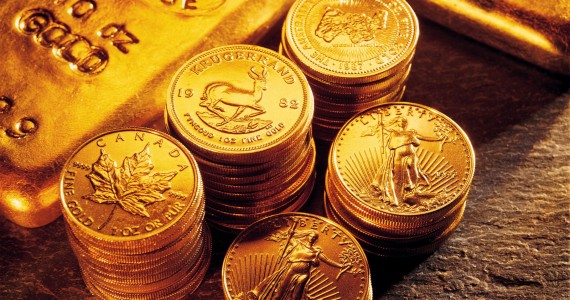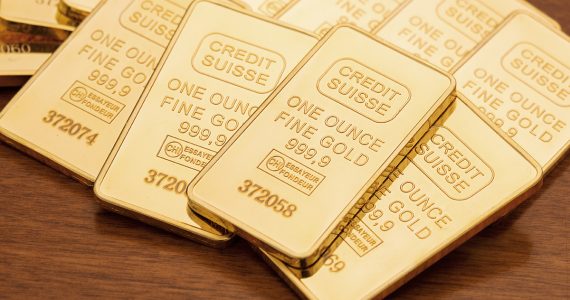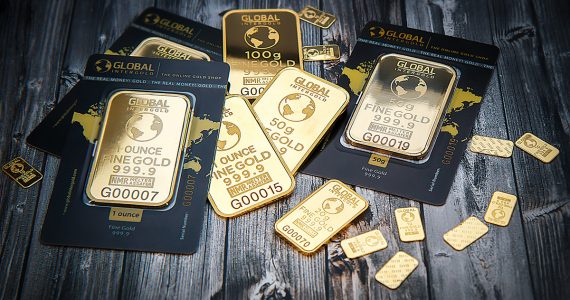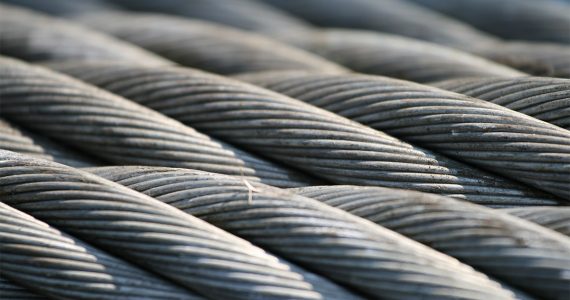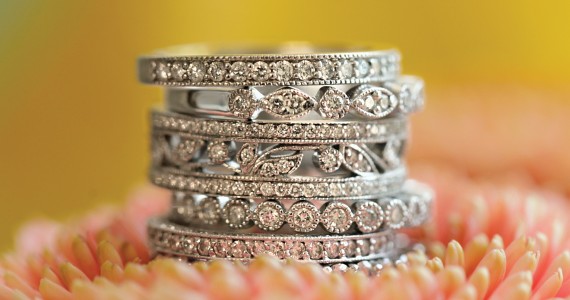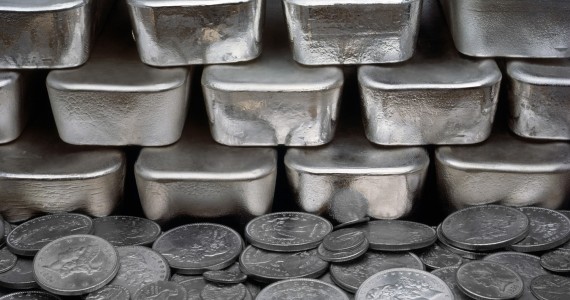“I am titanium!” This line from a bestselling pop song exemplifies titanium’s desirable qualities – as strong as steel, as light as aluminum, and as beautiful as platinum, metal-wise, which translates to being strong, beautiful and resilient as a human. No wonder then that its name was derived from “titanos”, a Greek word that refers to the Titans, the earliest and mightiest of gods in Greek mythology.
Contrary to the popular idea that titanium is a rare metal in terms of quantity because of its expensive price, it isn’t. It’s actually the ninth most abundant element on Earth, as well as present in abundance in meteorites and the sun.
Properties of Titanium
Discovered in the late a8th century, titanium (atomic number 22) has an atomic mass of 47.867, and a melting point of 3034°F and a boiling point of 5959°F. Aside from being among the most corrosion-resistant metals known to man, it’s simultaneously light and strong.
Titanium has a wide range of uses because of its desirable properties. Yes, it’s as strong as steel yet it’s so lightweight – an alloy of titanium and steel weigh less than pure steel! It’s known for its superior strength-to-weight ratio and for its high resistance to corrosion even at high temperatures; the metal forms a protective oxide coating that keeps corrosion at bay.
Titanium in Products
For these reasons, titanium is used in dozens of consumer products, many of which consumers aren’t even aware have titanium in it. With its elegant silvery-white luster, it’s used in jewelry particularly in rings and bands, a recent trend that seems to be on the rise considering titanium’s aesthetic appeal and durable property. It’s also used in the production of small artificial gemstones, a cheaper yet just as beautiful alternative to real gemstones.
Eyeglass frames, laptops and cellphones, which are common consumer products, also have titanium components albeit in different quantities. Firearms are also being made of titanium, thus, it may well replace some of the steel and aluminum firearms in many people’s firearms collections.
Many high-end sports equipment like hockey sticks, golf clubs, cricket bats, tennis rackets, and bicycle frames, even helmet grills, are made of titanium. Racing bikes and cars also have titanium components – these vehicles are designed for strength, durability, and relatively light weight, the properties of the metal.
From the 1960s Blackbird to the modern Boeing and Airbus airplanes, titanium continues to be used extensively in the aviation industry in general and in aerospace engineering in particular. These machines are designed to withstand extreme pressures and titanium can definitely deliver.
Titanium has a high resistance against saline water and, thus, it’s just as popular in the field of marine engineering as it is in aerospace engineering. It’s widely used in several parts of ships and boats including propeller shafts, among other parts exposed to seawater for prolonged periods. It’s also used in desalination plants for the same reasons.
For industrial applications, titanium is used in the manufacture of white paint, as well as in wave soldering and ultrasonic welding. In consumer goods, it’s used in the manufacture of plastic, paper and toothpaste, as well as in metal art and cookware. Backpackers are increasingly preferring titanium items, such as lanterns and tents, because of the combo of light weight and durability.
Did you know that titanium tetrachloride is used in the production of smoke screens and in sky writing? The thick fumes it produces make titanium a great metal for these purposes.
Titanium in the Body
We may yet see a time when the human body can me supported by titanium parts from the head to the feet! We are seeing its beginning with the wide use of titanium in the medical field including artificial replacements for hip and knee joints, pacemakers, dental implants, crutches, and bone plates and screws. Ask your surgeon and he’s likely using surgical instruments made of titanium.
Since titanium isn’t magnetic, people with titanium implants (e.g., dental implants) can undergo MRI examinations.
Titanium in Architecture
Bronze, iron and steel are the common metals used in structures and sculptures. Titanium, however, is also making itself known, so to speak, for these purposes – again, its superior strength, beautiful appearance, and light weight make it suitable for structures and sculptures, as architects and artists know.
There are several notable uses of titanium in monuments, too, particularly in the former Soviet Union. In Moscow, for example, the Monument to the Conquerors of Space is a titanium-clad structure outside the All-Russia Exhibition Centre. The Yuri Gagarin Monument is also built from titanium, and the world will continue to know of the achievement of the great Soviet cosmonaut as the first human in space partly because of it.
We don’t need to look far or to dig deep into the Earth to find titanium. Scientists believe that the human body takes in about 0.8 milligrams of titanium every day but it isn’t absorbed. Don’t worry as titanium isn’t toxic and reactive while in the body so it doesn’t cause adverse symptoms and, thus, the metal is used in several implants.

